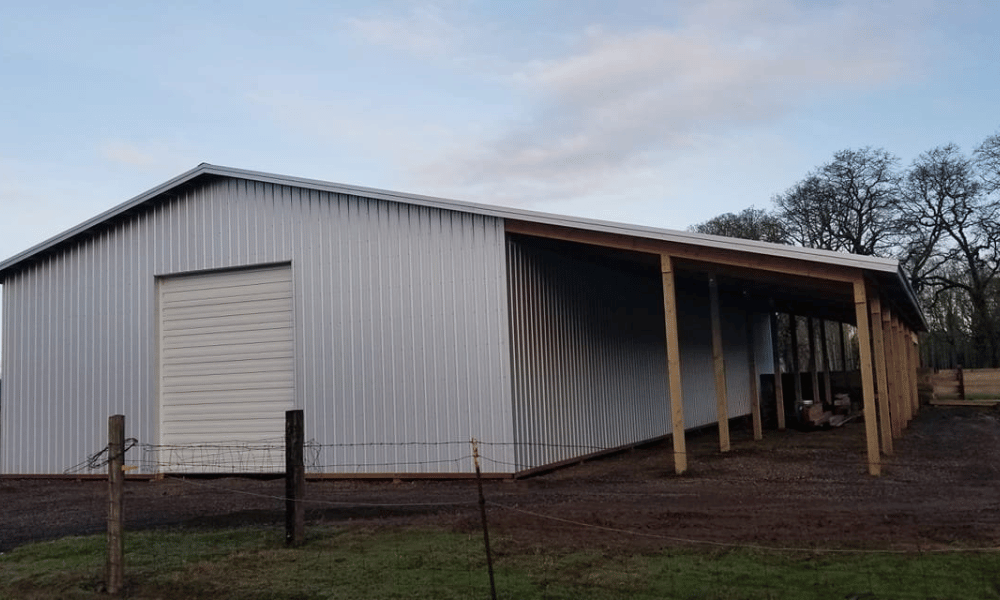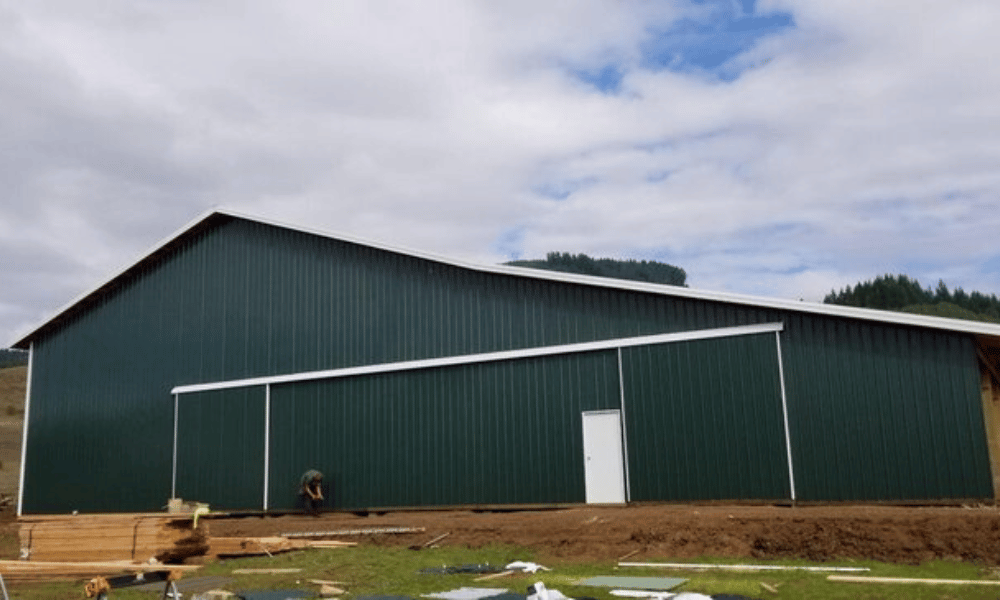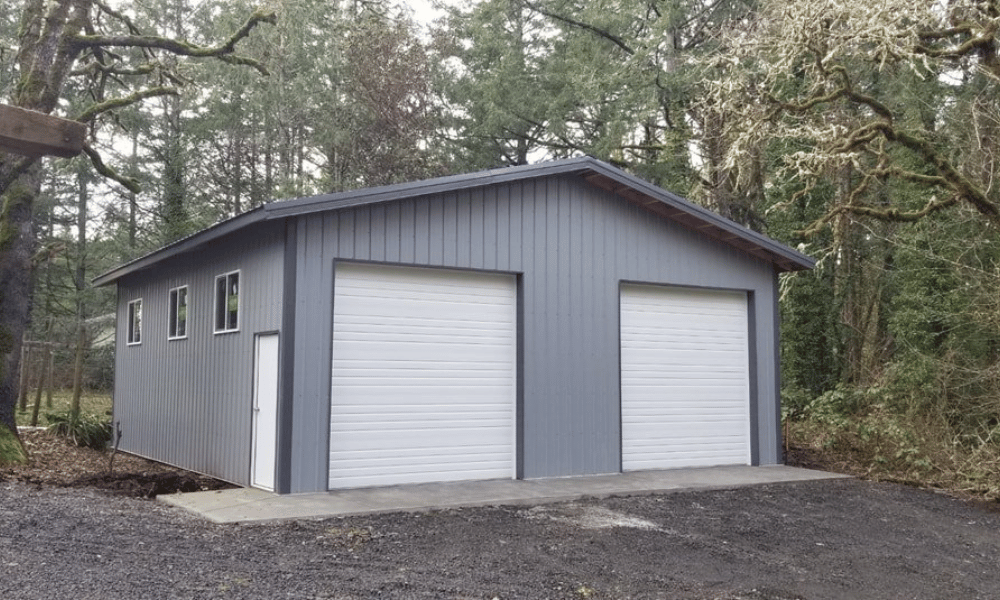Building a pole barn can be an exciting adventure, whether you're looking to create a cozy workshop, a spacious storage facility, or even a charming horse barn. However, before you dive headfirst into the construction process, it's crucial to weigh the various factors that can impact your project. This guide will delve deeply into the Top 10 Factors to Weigh Before Constructing Your Pole Barn, equipping you with the knowledge needed for a successful build.

Understanding Pole Barns: A Brief Overview
So, what exactly is a pole barn? In essence, it’s a structure supported by poles embedded in the ground, often constructed using wood and metal materials. They are popular due to their affordability and versatility. While they can serve various purposes—such as agricultural storage, workshops, or residential spaces—understanding their unique characteristics is essential for making informed decisions.
1. Purpose of Your Pole Barn
Before anything else, determining the purpose of your pole barn is paramount. Are you planning to use it for livestock, machinery storage, or perhaps as a recreational space? Knowing its intended use will help shape many aspects of your construction:
- Design: Different uses require different layouts. Size: The size will vary significantly based on what you plan to store or utilize the space for. Insulation: Depending on what's inside, you may need additional insulation.
2. Local Building Codes and Regulations
Ah, local regulations! No one loves them but boy do they matter. Each municipality has specific building codes that dictate what you can and cannot do when constructing your pole barn. It’s vital to:
- Consult Local Authorities: Check with your local zoning office to understand restrictions and requirements. Permits: Don’t forget about permits; some areas require them for structures over a certain size.
3. Site Selection and Preparation
Choosing where your pole barn will reside is just as crucial as how it will be constructed. What should you consider?

- Accessibility: Ensure easy access for vehicles and equipment. Drainage: A good drainage system prevents water from pooling around your structure. Sunlight: Consider how sunlight affects temperature regulation within your barn.
4. Material Choices Impacting Durability
Materials make all the difference in any construction project. For pole barns, you'll typically choose between wood and metal. Here's how each stacks up:
Wood
- Pros: Aesthetically pleasing; natural insulator; easier to work with. Cons: Prone to rot; requires regular maintenance.
Metal
- Pros: Durable; fire-resistant; low maintenance. Cons: Can be more expensive upfront; less insulating without added materials.
5. Climate Considerations
Your local pole barns climate plays an enormous role in your construction choices. If you're in an area that experiences heavy snowfall or high winds, you'll need to factor these elements into your design:

- Roof Design: A steeper pitch can help snow slide off more easily. Ventilation Needs: Manage humidity levels effectively based on temperature fluctuations.
6. Budget Planning for Construction Costs
Let’s talk dollars and cents! Creating a realistic budget is essential for keeping stress at bay during the building process:
Material Costs: Prices fluctuate based on quality and availability. Labor Costs: Will you hire professionals or go DIY? Contingency Fund: Always set aside extra funds for unexpected expenses!7. Design Flexibility and Future Expansion
Life changes—sometimes quickly! Thus, incorporating flexible design elements into your pole barn can save headaches down the road:
- Expandable Spaces: Consider leaving room for future additions if needed. Multi-purpose Areas: Design areas that can easily transition from one use to another.
8. Electrical and Plumbing Needs
If you're planning on using electricity or plumbing within your pole barn (and who wouldn’t want those conveniences?), then planning ahead is vital:
Consult with professionals who know local codes regarding installation. Determine how much power you'll need based on usage.
9. Insulation Needs Based on Usage
Depending on what you’ll store or work on inside your pole barn, insulation may be necessary:
- For livestock barns, maintaining temperature is crucial. Workshops may benefit from soundproofing insulation as well.
10. Aesthetic Considerations Matter Too!
While functionality reigns supreme in construction projects like this one, never underestimate aesthetics! The look of your pole barn can impact property value—a well-designed exterior complements its surroundings beautifully:
Choose colors that harmonize with existing structures. Think about landscaping around the barn for added appeal.Frequently Asked Questions (FAQs)
1. What is the average cost of building a pole barn?
The average cost ranges widely depending on size and materials but generally falls between $15-$35 per square foot.
2. How long does it take to construct a pole barn?
Typically, constructing a basic pole barn takes anywhere from two weeks to several months based on complexity.
3. Can I build my own pole barn?
Absolutely! Many choose DIY options but ensure you have adequate skills and tools before starting this venture.
4. What type of foundation do I need for a pole barn?
Most pole barns are built directly onto concrete piers or footings which provide stability without needing an extensive foundation system.
5. Do I need permits for constructing a pole barn?
Yes! Always check local regulations since most areas require permits before commencing construction activities.
6. Can I insulate my metal pole barn?
Yes! Insulation options include foam boards or spray foam applications tailored specifically for metal structures.
Conclusion
Constructing a pole barn isn't just about putting up walls; it's about understanding myriad factors that contribute to its success—from purpose and site selection through material choices and aesthetic considerations—all while staying compliant with local regulations! By weighing these ten critical factors carefully before diving into construction activities, you'll equip yourself with valuable insights leading toward an efficient build tailored precisely according to needs—whether functional or decorative!
So there you have it—the top ten factors worth considering before embarking upon this fantastic journey of creating your very own custom-built space! Happy building!